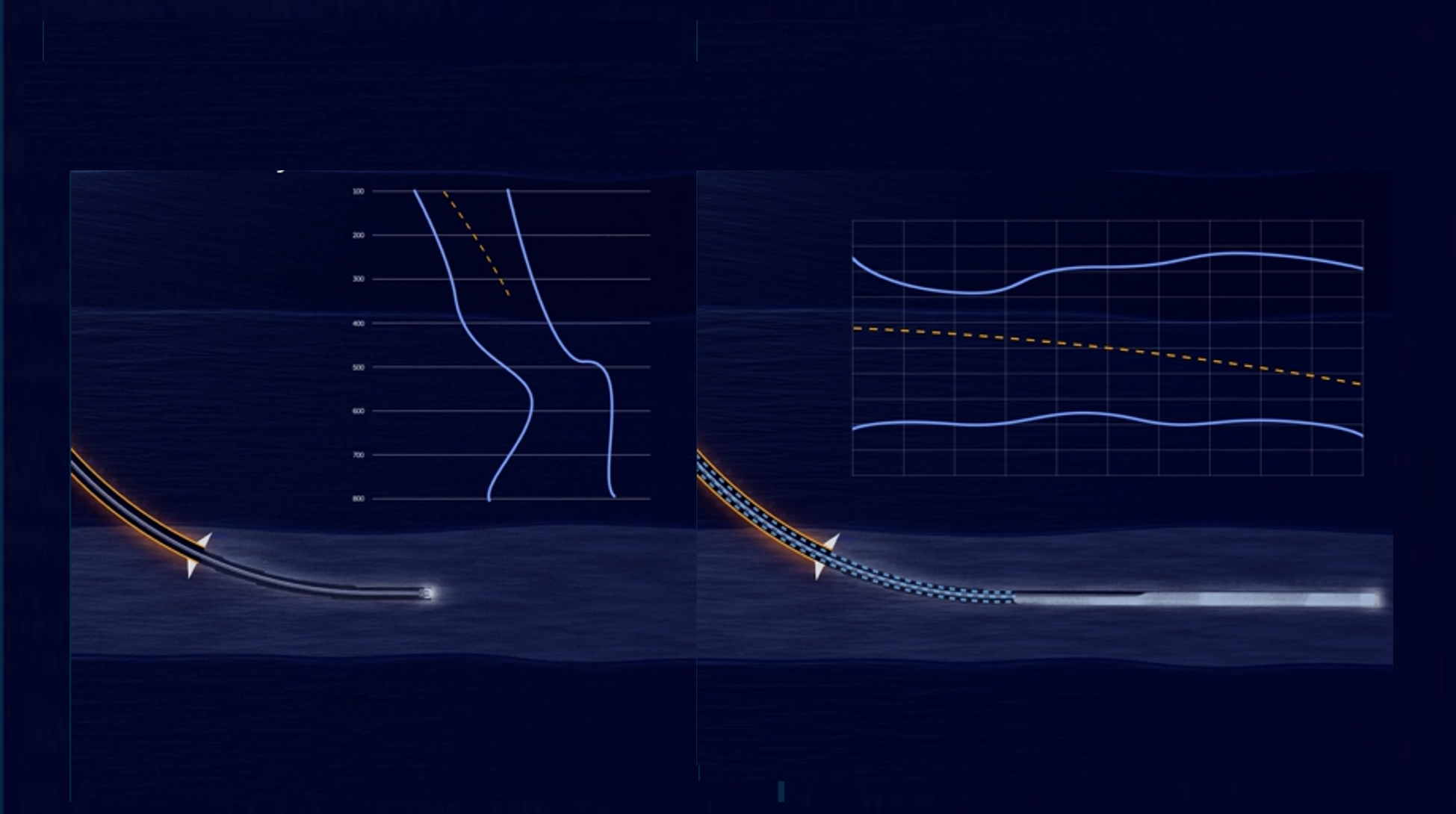Are you planning a deepwater drilling campaign and wondering if MPD is worth the investment? Have you considered what challenges or savings MPD could bring to your specific well?
MPD plays an important role in deepwater drilling, where conventional methods often struggle due to narrow operating windows and extended well depths. In this article, we’ll talk through the key considerations you need to weigh–cost, potential for cost savings, drillability, and influx management–before deciding on MPD. By the end, you’ll have a better foundation for making an informed choice on MPD for your next deepwater operation.
Cost
One of the first things to consider is the cost of MPD. Deepwater operations are expensive enough as it is before adding an MPD package to the equation. Deepwater MPD packages are also more expensive on floaters than on fixed installations. The integration cost of MPD will differ from rig to rig. Some rigs will be “MPD ready” while others may already have MPD included on the rig – and in the day rate.
And speaking of day rates – will the use of MPD add time to your operation? Depending on MPD method, multiple displacements can be required together with tripping at reduced speeds. Displacements and tripping in deepwater operations take extra time and should be included when estimating costs.
Check out: 11 Things All Drilling and Completion Engineers Need to Know About MPD
Cost saving
Hand in hand with the cost consideration is looking for added value beyond just enabling drilling.
- Can sections be extended – especially the reservoir?
- Can sections be combined to eliminate a casing/liner and simplify the well design?
- Can I benefit from MPD on all sections of the well?
- Can I improve the production rate by using MPD when completing the well?
- Can I reduce the operating time by selecting an MPD method which increases tripping speeds and removes flat-time?
Each of these questions can uncover opportunities where MPD becomes a tool for optimization, not just mitigation.
Drillability
The main reason for using MPD today is still as an enabler to drill a well–or part of it–which otherwise would not be drillable.
Doing a risk assessment estimating the likelihood of using contingency liners with or without MPD is useful. In this assessment, it is also necessary to evaluate the cementing operations and check whether MPD is needed to secure a satisfactory cement job.
One example for the risk assessment could be looking at the potential for losses:
- Is there a high likelihood of incurring a loss?
- How long did it take us last time we incurred a loss to recover from the situation?
- How much does the likelihood of incurring a loss decrease if we use MPD (Managed Pressure Drilling)?
These considerations directly affect the technical feasibility and success of the well construction process.
Learn more about MPD here.
Influx Management
Conventional well control is challenging in deepwater operations because of the friction generated in the long choke line. As a result, well control operations can be time-consuming.
In addition, the narrow windows in deepwater operations increases the probability for gains or losses. MPD enables influx management through its return line and comes with Early Kick and Loss Detection monitoring, which decreases the impact of a loss or gain event. This capability is a key reason why many deepwater campaigns choose MPD.
Conclusion
Setting up cost estimations specific for each well or campaign is important pre-work when considering MPD for deepwater operations. MPD is an expensive tool, but it can also unlock significant cost savings.
MPD offers insurance–at a cost–and it is necessary to evaluate the likelihood and consequences of encountering challenging events. Assessing this may not always be straightforward, but by factoring in the considerations mentioned in this article, you should get a good foundation when deciding upon MPD for the next deepwater operation.
Get the latest updates
Want to stay updated on the latest knowledge articles and news from Enhanced Drilling?
.jpg?width=290&name=Snorre%20Lutnes%20(gammelt%20bilde).jpg)







